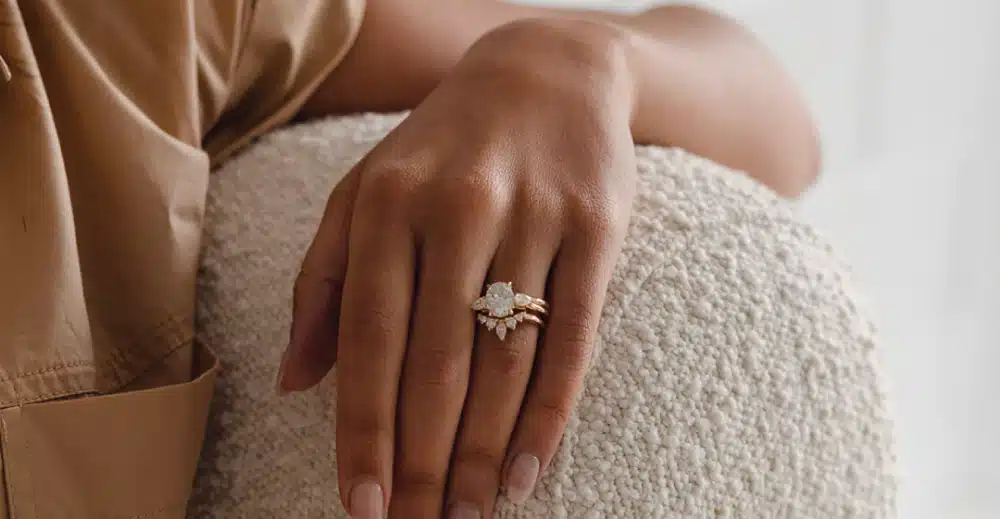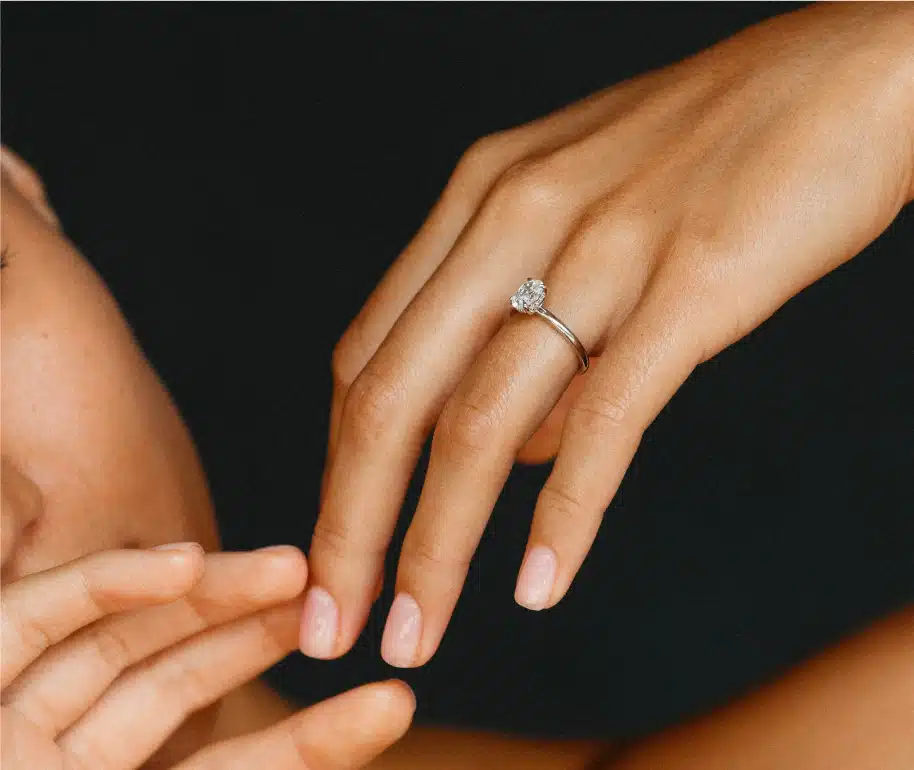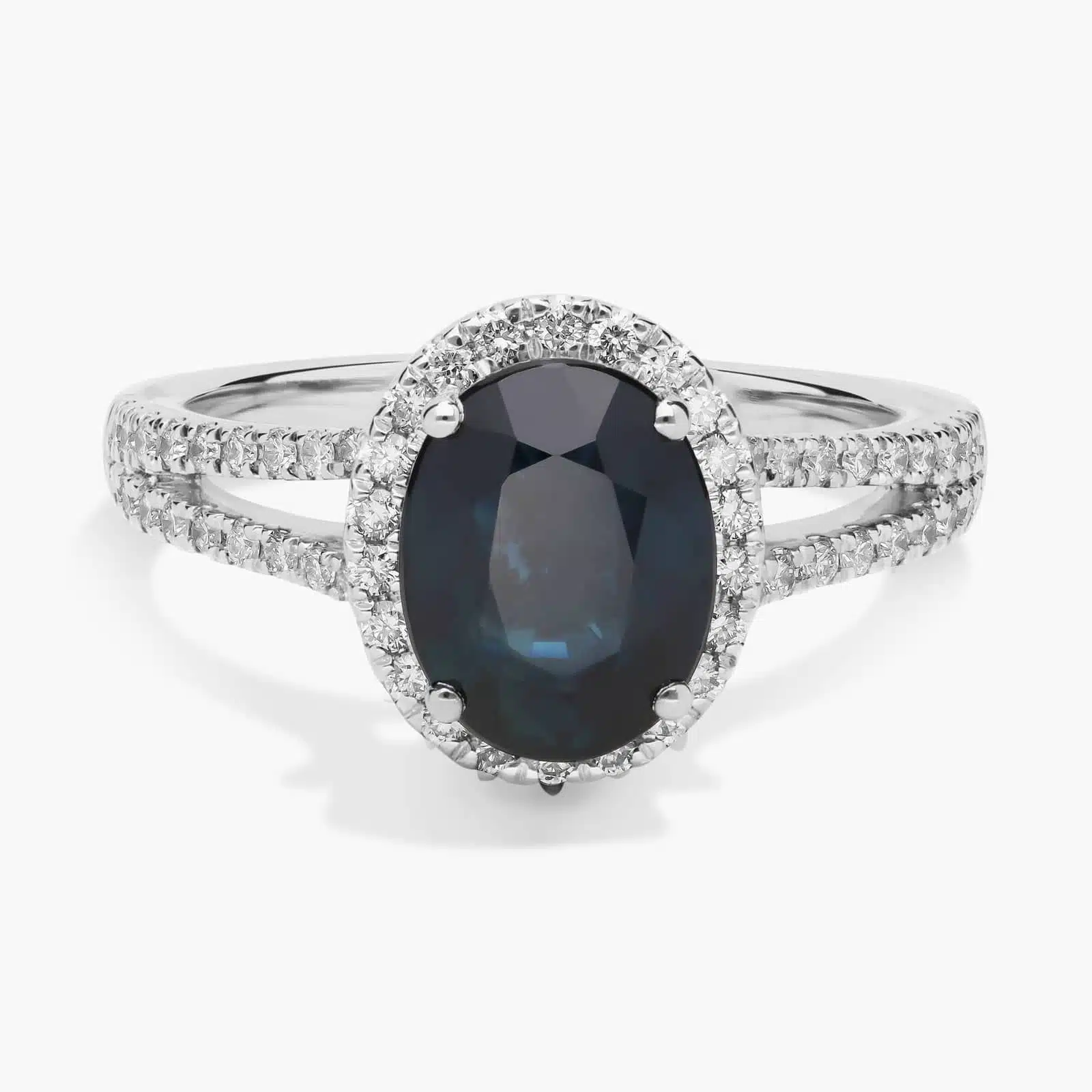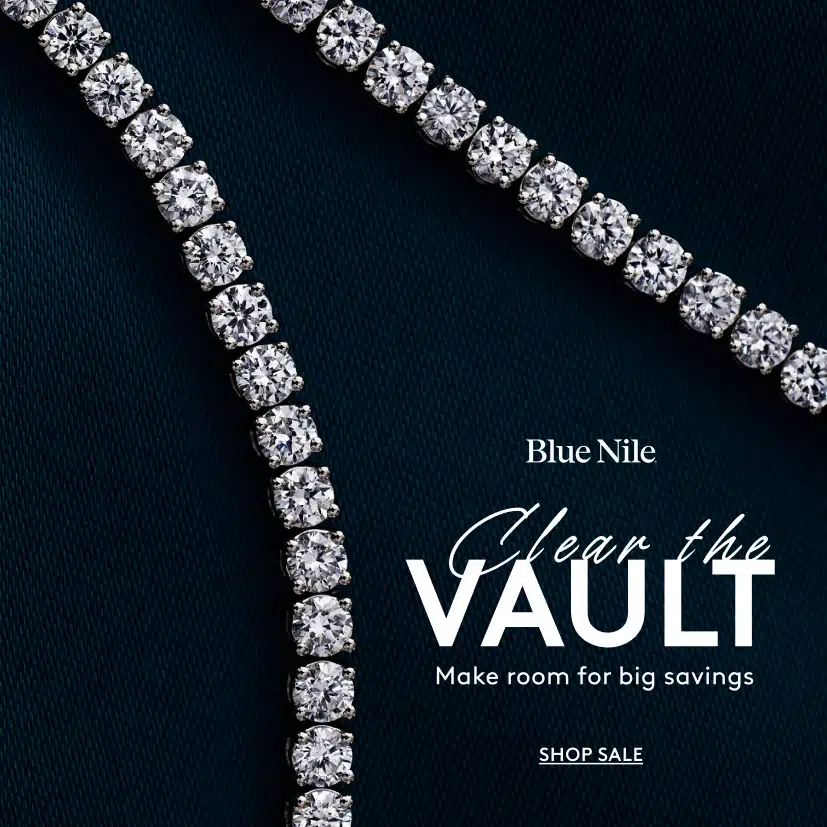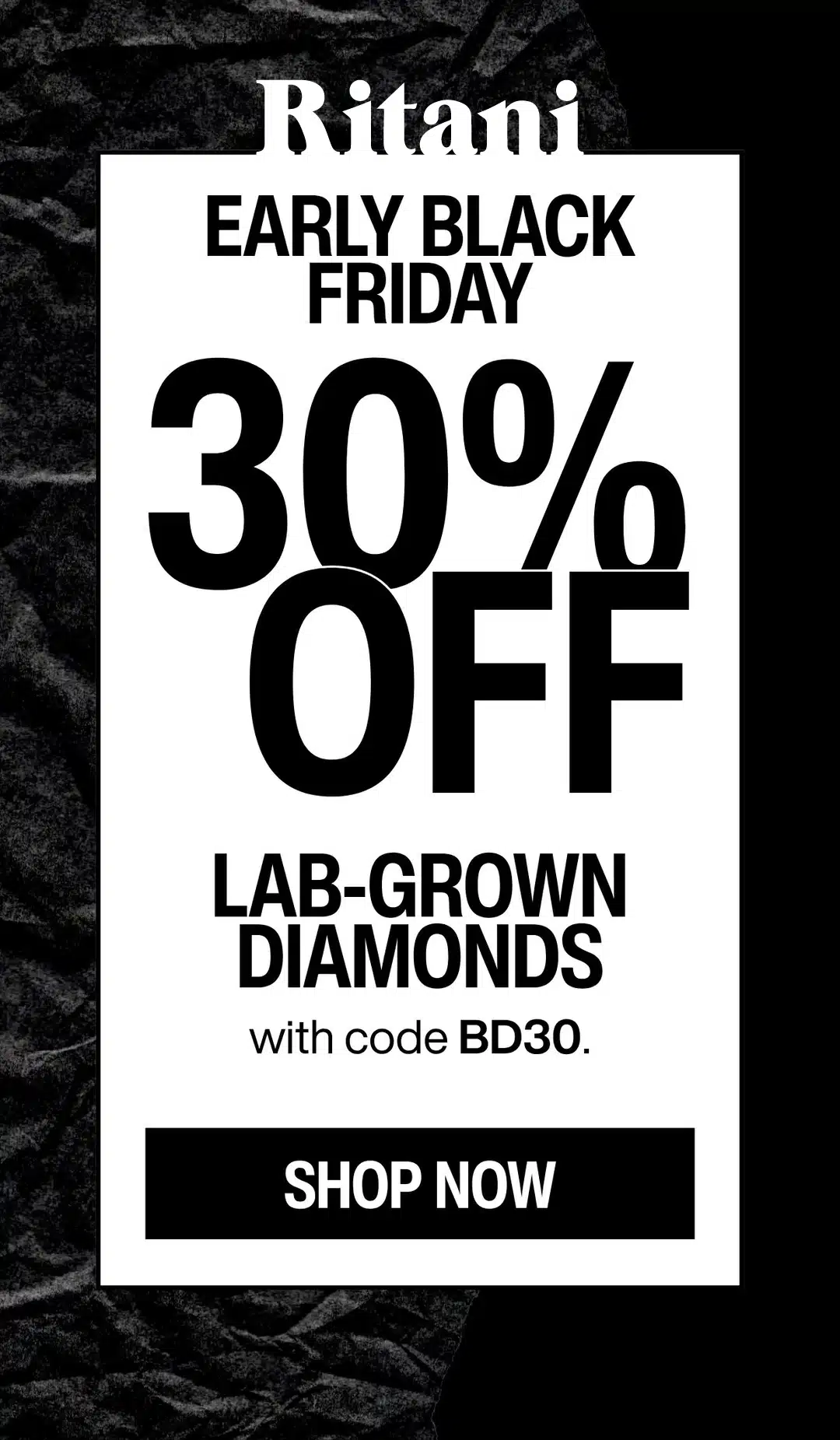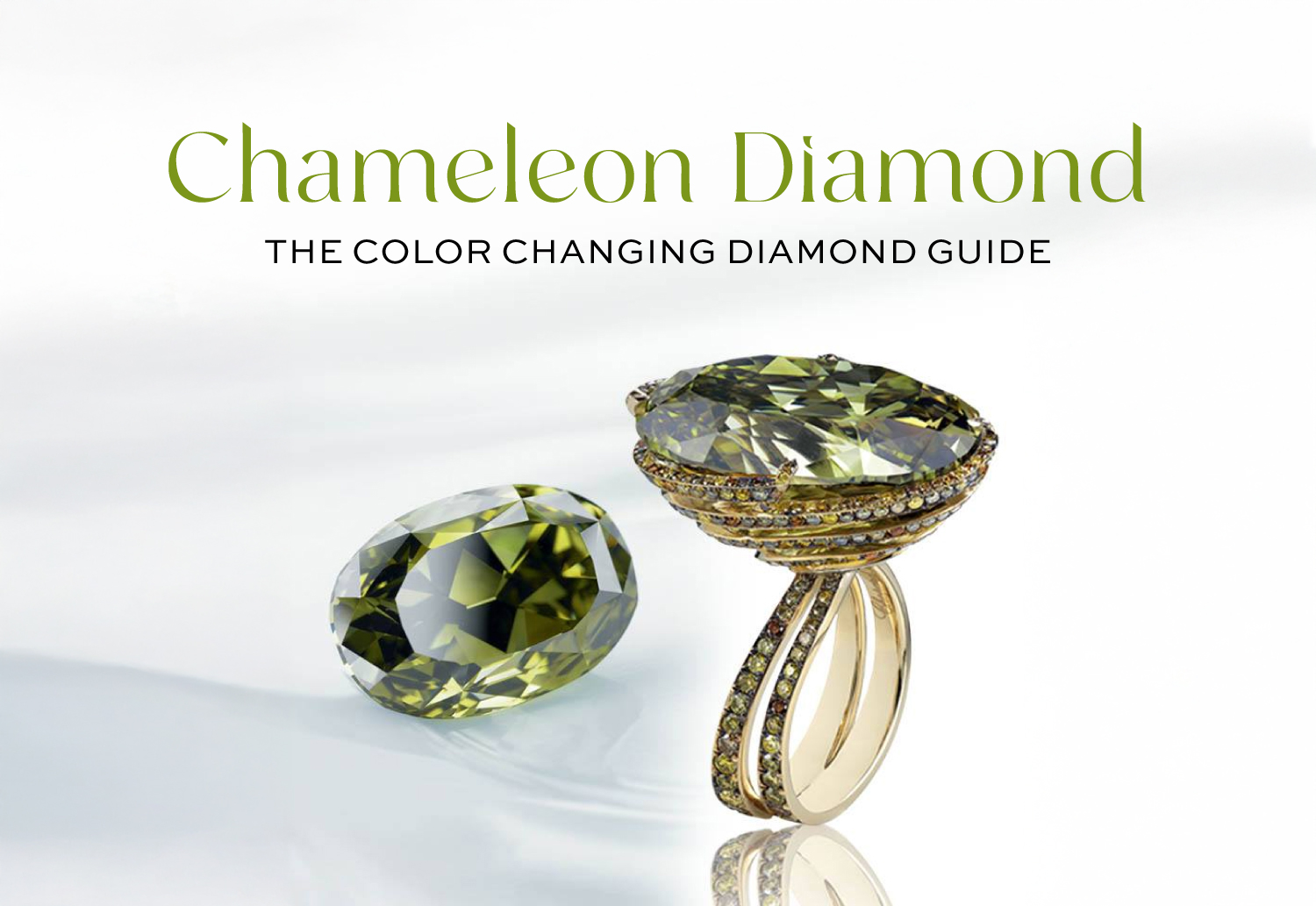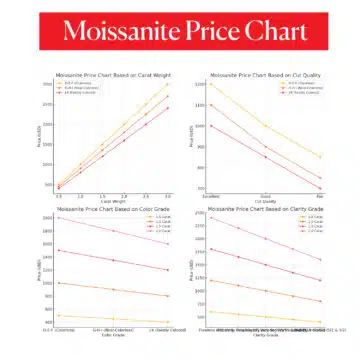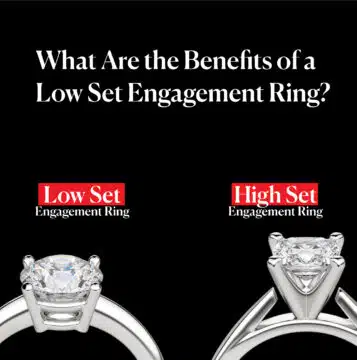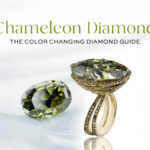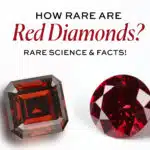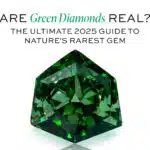A chameleon diamond is an extremely rare type of natural fancy colored diamond that has the unique ability to temporarily change its color when it is gently heated or stored in darkness for a period of time, typically shifting from an olive green to a brilliant yellow-orange.
Imagine a diamond with a secret.
A stone that sits on your finger looking a beautiful, earthy olive green, but when you come inside from a cold day and cup it in your warm hands, you look down and it has transformed into a fiery, vibrant yellow. This isn’t a fantasy or a magic trick from a movie.
This is the bizarre and captivating reality of the chameleon diamond—the undisputed strangest, most mysterious, and most enigmatic member of the entire diamond family.
My name is Mehedi, and as a GIA-trained gemologist, these are the stones that keep us up at night. They defy simple explanation, and that’s what makes them so special. That’s why I’ve created this guide. This is the ultimate A-Z resource that deciphers this incredible enigma.
Deal Alert: Elevate your design. Get up to 30% OFF engagement ring settings at Blue Nile !
One In A Lifetime Sale: “Clear The Vault” – Get up to 70% OFF on select jewelry at Blue Nile !
| Pro Tip: See every detail with 360° HD videos available at James Allen .
Together, we’re going to explore the baffling science behind the “magic trick,” I’ll reveal its true rarity (yes, it’s even rarer than the mythical red diamond!), we’ll look at the legendary examples that have captivated collectors for decades, and I’ll pull back the curtain on the real 2025 market prices for these true connoisseur’s stones.
Welcome to the world of the diamond that refuses to be just one thing. Let’s get into it.
Diamond IQ Test: Natural or Lab-Grown?
Two identical diamonds: GIA Certified, 1.51ct, D Color, VVS1, Ideal Cut. One is natural ($16,530), the other is lab-grown ($2,390). Choose the diamond you like better and see if you can match it to its origin.
What Is a Chameleon Diamond? The Two Types of Transformation
Alright, so a diamond that changes color sounds like something from a superhero movie. But what is a chameleon diamond in reality, and how does this ‘magic trick’ actually work? It’s not magic; it’s a bizarre and fascinating science that makes this the most dynamic gemstone on Earth. Let’s break down the two secret triggers that unlock its color-changing ability.
The “Magic Trick” Explained: Thermochromism & Photochromism
A chameleon diamond has two distinct “triggers” that cause it to temporarily shift its hue. The official GIA report for one of these stones will specifically mention these phenomena.
Thermochromism (The Heat Trigger)
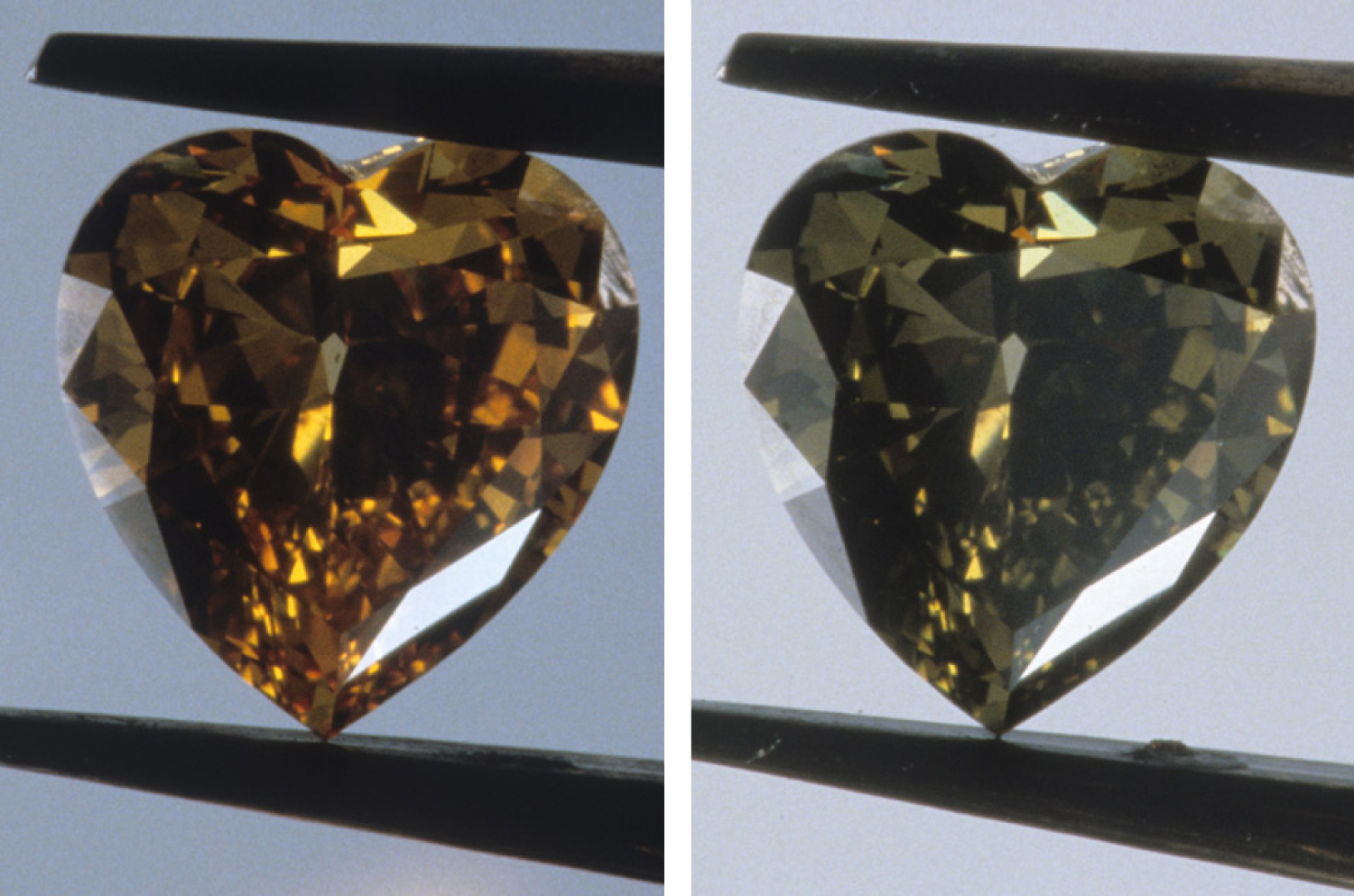
This is the change you see in response to gentle heat. The official threshold is around 150°C (302°F), but the change can be initiated by something as simple as the warmth of a jeweler’s polishing wheel, a hot cup of coffee, or even just holding the stone tightly in your warm hands for a minute. The stone will transform before your eyes.
Photochromism (The Light & Dark Trigger)
This is the change you see in response to light after a period of prolonged darkness. If you keep your chameleon diamond ring tucked away in a dark jewelry box for a day or more, it will emerge looking like a completely different stone the moment you open the box in the morning light.
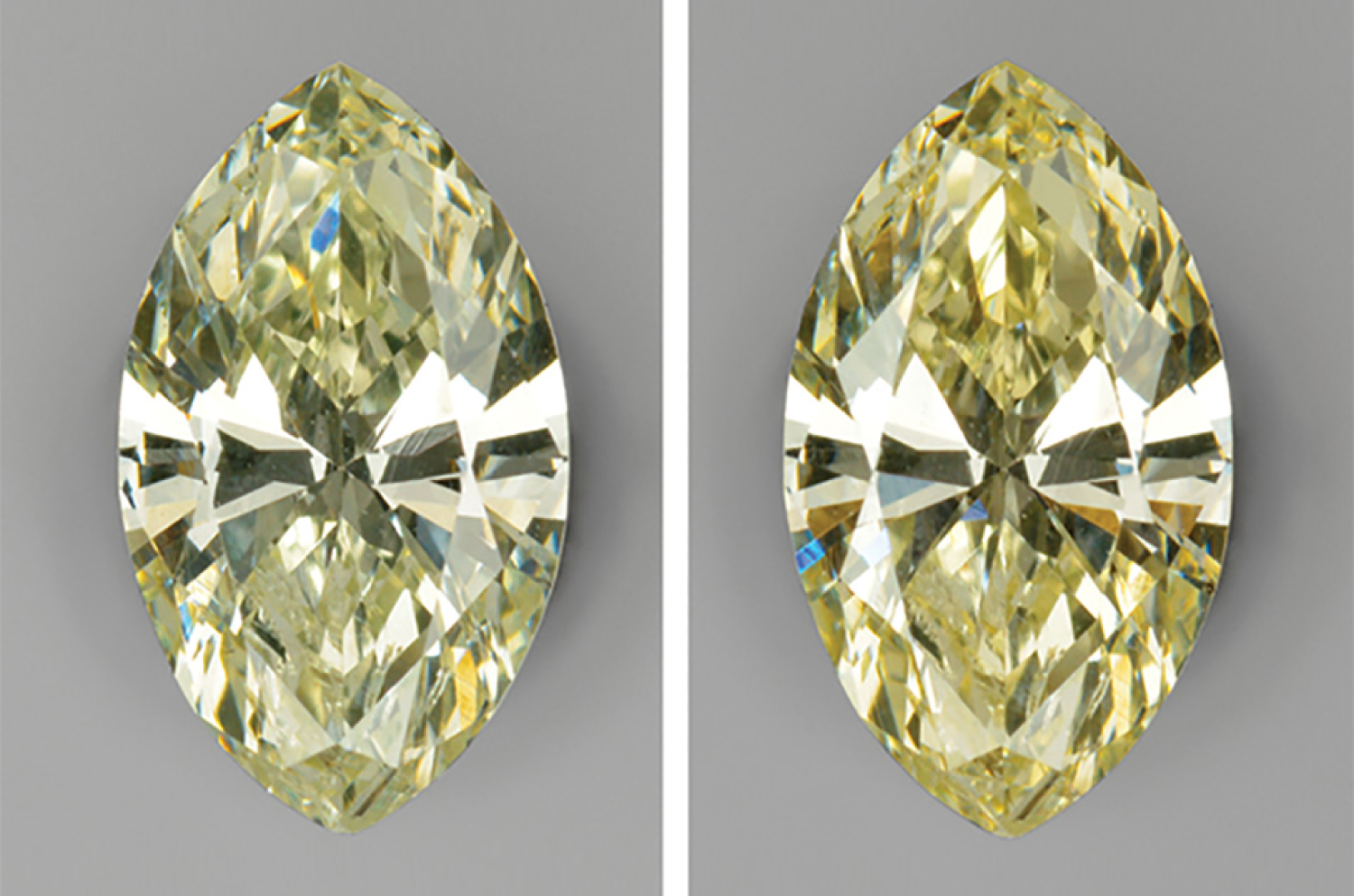
The color is stable in darkness, and the change is triggered by the reintroduction of light.
This dual-personality is completely unique in the diamond world. While we see other gems get their color from unique origins, like the gentle radiation that creates a Green Diamond, the chameleon is the only one whose color is not static.
The Two Personalities: “Classic” vs. “Reverse” Chameleons
Not all chameleon diamonds behave in the same way. In the trade, we recognize two distinct “personalities,” and one is far rarer than the other.
| Chameleon Type | Stable Color (Normal Conditions) | Transient Color (After Heat/Darkness) | Rarity |
| Classic | Olive Green (Grayish-Yellowish-Green) | Bright Yellow / Orangey-Yellow | The vast majority of chameleons |
| Reverse | Yellower / Lighter Green | Darker Olive Green | Extremely Rare |
This is the behavior you will see in 99% of all colored chameleon gems. It has that beautiful, moody, olive-green or chameleon gray color as its base—its “at rest” state. But when you warm it up or pull it out of the dark, it rewards you with this brilliant, temporary flash of a fiery, sunny yellow or orangey-yellow. It’s like a quiet, earthy stone that has a secret, vibrant personality waiting to be revealed.
This is the unicorn of unicorns, a true collector’s prize. The “Reverse” chameleon does the exact opposite. It starts as a brighter, more yellowish stone in its stable state. But after being stored in the dark, it will temporarily deepen into a richer, darker olive green.
These stones are exceptionally rare, and for a connoisseur, owning one is a true mark of a world-class collection. The precision required to identify and certify this behavior is immense, a testament to the importance of the institutions we discuss in my guide, What Are the Best Diamond Certifications?.
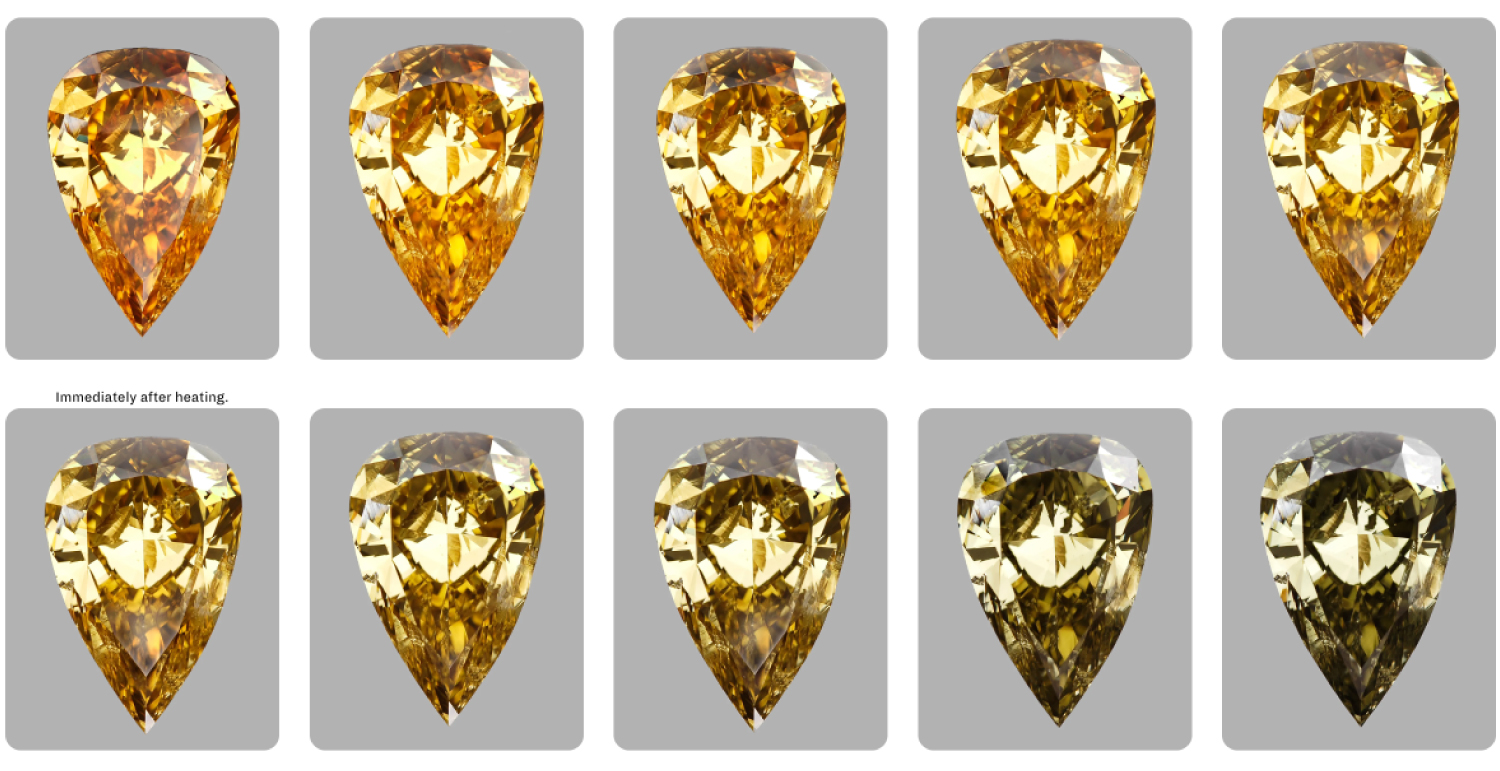
The Baffling Science: Why Does a Chameleon Diamond Change Color?
This is the part of the conversation where most jewelers will give you a vague, hand-waving explanation. Why? Because the honest truth is that even the world’s top gemological scientists are still debating the exact cause of this magical color change.
But as your “friend in the business,” I’m not going to give you a vague answer. I’m going to tell you what the experts do know, and it’s a story of chaos, impurities, and a diamond that’s literally at war with itself.
A Cocktail of Impurities: The “Hodgepodge” Theory
Here’s the honest truth from a GIA-trained expert, echoing the research of top scientists like Dr. Breeding from the GIA itself: scientists are still not 100% certain what causes the color change. We have a very good theory, but it’s not a simple, clean answer like it is for other fancy colors.
Unlike a simple Blue Diamond (colored by Boron) or a Yellow Diamond (colored by Nitrogen), a chameleon green color is the result of a chaotic “cocktail” of impurities. Imagine that as the diamond was forming, it didn’t just get a dose of one element, but a messy mix of three:
- Nitrogen: The same element that gives yellow diamonds their color.
- Hydrogen: An element known to create instability and unique absorption properties.
- Nickel: A rare and unusual impurity in diamonds.
It’s the specific, unstable combination of these three impurities that is believed to give the chameleon diamond its incredible ability. It is, quite literally, a beautiful mess. It’s a far more complex recipe than the one that creates the fiery color of a Natural Orange Diamond, which makes it even more of a scientific curiosity.

A Diamond at War with Itself: The Internal Structure
The secret isn’t just what’s inside the diamond, but how it’s arranged. This is the key. Under a microscope, a chameleon diamond’s internal structure is not uniform; it’s what scientists call “heterogeneous growth zones.”
Imagine the diamond didn’t grow steadily. It grew in fits and starts, under constantly changing geological conditions. The result is a single diamond that is a hodgepodge of different structures. When you put a colored chameleon under high-energy UV light, this internal chaos is revealed.
It looks like a bizarre weather map, with some zones glowing greenish-yellow and other zones appearing blue or totally inert.
It is this diamond at war with itself—with different parts of the stone trying to absorb and reflect light in different ways—that is believed to create the color instability that we see as the chameleon effect.
The chaotic conditions required to create this internal conflict are a world away from the steady, immense pressures we see in the formation of other diamonds, a fascinating topic we explore in our guide on At What Depth Diamonds Are Found.
The 2021 Cryogenic Discovery: A New Twist
Just when scientists thought they were starting to get a handle on the behavior of these gems, nature threw them a curveball. In 2021, gemologists documented a new, even stranger variant that completely defied the known rules.
This “cryogenic” chameleon diamond was a dull gray at room temperature. But when it was super-chilled to the temperature of liquid nitrogen (-196°C), it transformed into a beautiful, vibrant yellow. It changed color in response to extreme cold, not heat.
This discovery was a game-changer. It proved that “chameleon” isn’t just one single phenomenon, but likely a family of related behaviors caused by different, incredibly complex combinations of impurities and structural flaws.
It deepens the mystery and reinforces their status as a true scientific enigma. It also highlights just how advanced the technology has become for analyzing these incredible stones, a process we touch on in my guide to the GIA’s New Lab Diamond Report.
Just How Rare Are Chameleon Diamonds?
We’ve talked about a lot of rare diamonds in my guides. But I need you to understand: the chameleon diamond exists in a category of scarcity that is almost surreal. We are moving beyond the realm of “investment-grade” and into a class of gemstone that is more of a scientific curiosity and a collector’s Holy Grail.
Putting the Rarity into Numbers
The world of fancy colored diamonds is already an exclusive club. As we explore in our Fancy Color Diamond Rarity Report, these gems make up a tiny 0.4% of all diamonds graded. But even within that tiny fraction, the chameleon is a ghost.
Let me state the most shocking fact I can give you, based on all available gemological data: there are believed to be fewer than 100 GIA-certified true chameleon diamonds known to exist.
And the vast majority of those are under 1 carat in weight.
Let me put this in perspective for you:
- There are far more of the mythical Red Diamonds in the world than there are chameleon diamonds.
- There are thousands of gem-quality Blue Diamonds for every single chameleon.
This makes the chameleon diamond, by the numbers, arguably the rarest of all. It is not a diamond for the person who wants to show off wealth in a traditional way. It is the ultimate connoisseur’s choice—a stone for the collector who values a bizarre, scientific secret over a simple flash of color.
The very existence of this gem pushes the boundaries of what we thought was possible, much like the gems we’ll discuss at the upcoming Gem Awards for 2026.
Famous Chameleons: The King of the Category
When a gem is this rare, a large example is more than just a stone; it is a legend. For the chameleon diamond, that legend is the Chopard Chameleon.
At a colossal 32 carats (some reports list it at 31.32 carats), this is the undisputed king of its category and the largest known chameleon diamond in the world. Its discovery proved that while these gems are almost always small, nature is capable of creating a true behemoth under the most impossible of circumstances.
My Expert Take: “A stone like the Chopard Chameleon is a priceless artifact. It’s the kind of ‘unicorn’ gem that allows scientists, like Dr. Breeding at the GIA, to study the phenomenon on a scale they would otherwise never have access to.
It’s more of a museum piece than a piece of jewelry, and it stands as the ultimate proof of this incredible, magical phenomenon.”
To own a diamond of this importance is a privilege afforded to very few. It’s a level of luxury and exclusivity that is hard to comprehend, a world away from even the most spectacular of high-end consumer jewelry, like a stunning 4 Carat Diamond Ring from James Allen. The Chopard Chameleon is a legend, a benchmark, and a testament to the beautiful weirdness of our planet.
Chameleon Diamond Prices: What Is This Magic Worth in 2025?
We’ve established that the chameleon diamond is one of the rarest objects on Earth. So, the natural next question is: what does that kind of rarity actually cost? The market for chameleon diamonds is a niche, specialist world, but the values within it are incredibly strong and have shown impressive growth.
The Price of a Phenomenon
Let’s talk numbers. As of 2025, the market for high-quality chameleon diamonds is a collector’s playground. Because of their extreme scarcity and the growing appreciation for unique gems, values have shown a strong and steady increase of 20-30% over the past five years.
For a high-quality chameleon diamond, you can expect the price per carat to be in the range of $50,000 to over $100,000. The larger the stone and the more dramatic the color change, the higher that figure will climb. It’s an investment-grade gem through and through.
The price stability of such rare gems is a world away from the fluctuations we see in the broader market, which I cover in my guide, Are Diamond Prices Dropping?.
What Drives the Value? It’s Not “Vivid”
This is a critical, A++++ detail that every serious buyer must understand. If you try to apply the rules of other colored diamonds to a chameleon, you will be completely lost.
For almost every other colored diamond, from the fiery Natural Orange Diamond to the regal Purple Diamond, the most valuable grade is “Fancy Vivid.” This is the highest level of saturation, the brightest and most intense color.
A chameleon diamond, however, is different. You will never see a GIA report for a chameleon that says “Fancy Vivid” or “Fancy Intense.” Their value comes from a completely different set of criteria:
- Their Unique Grades: Chameleon diamonds are almost exclusively found in the Fancy, Fancy Deep, or Fancy Dark categories. That moody, olive-green color is part of their signature identity.
- The Strength of the Color Change: This is the most important value driver. A stone that shows a dramatic, undeniable, and fast shift from a deep green to a bright, vibrant yellow will be worth significantly more than one with a subtle, slow, or weak change.
My Expert Take: “You’re not paying for the intensity of the base color; you’re paying for the magic of the performance. The quality of the ‘show’—how dramatically it changes color—is what determines its value. This is a completely unique valuation process.”
Because this is a non-standard valuation, a basic appraisal is not enough. You need an expert who specializes in fancy colored diamonds. You can learn the fundamentals of what an appraisal entails in my guide to the Definition of an Appraisal for a Diamond Ring.
A Glance at Chameleon Diamond Value (2025)
| Size / Quality | Average Price Per Carat | Mehedi’s Note |
| Under 1 ct, Moderate Shift | $20,000 – $50,000 | The entry point for serious collectors and unique jewelry. |
| 1-5 ct, Strong Shift | $50,000 – $150,000+ | The “sweet spot” for true investment-grade, auction-worthy pieces. |
A Buyer’s Guide to the Chameleon Diamond Ring
You’re captivated by the mystery, you understand the extreme rarity, and you’re fascinated by the science. So, how do you actually go about buying a chameleon diamond? This is not a normal purchase. You are entering a specialist, connoisseur’s market, and the rules are different here. As your guide, I need to give you the unbreakable rules that will protect you and ensure you are acquiring a true treasure.
The #1 Rule: The GIA “Chameleon” Comment
This is the most important piece of advice in this entire guide. It is my one unbreakable, non-negotiable, a-deal-is-dead-without-it rule.
Mehedi’s Unbreakable Rule: “If you are buying a chameleon diamond, the GIA report MUST have a specific comment explicitly stating that the stone is ‘known in the trade as a chameleon diamond.’ Without this exact phrasing on the certificate, you are not buying a true chameleon.
You are likely buying a standard olive-green diamond with a clever story. That one sentence from the GIA is the only thing in the world that guarantees its magical ability and its immense value.”
Any fancy colored diamond can look greenish. But only a true chameleon performs the magic trick, and the GIA comment is the only proof that it has been lab-verified. The importance of a reliable, top-tier lab report is something I cover in excruciating detail, and if you read nothing else, you must read my guide: What Are the Best Diamond Certifications?.
Do not let anyone convince you their “in-house” appraisal is good enough. For a stone this important, it’s GIA or it’s a no-go.
Choosing a Setting: A Collector’s Showcase
A chameleon diamond is not just a stone; it’s a piece of performance art. The setting should be designed to give it a proper stage. Because these are true collector’s items, the settings are often elaborate and designed to tell a story.
Halo Settings (The High-Contrast Frame)
This is the most popular choice for a reason. Surrounding the moody, olive chameleon green center stone with a brilliant frame of icy-white diamonds creates a dramatic, high-contrast look. It makes the subtle green pop and appear more saturated.
For a truly connoisseur-level piece, I have seen chameleons set in a halo of tiny pink or yellow diamonds, creating a breathtaking and artistic display of color.
Three-Stone Rings (The Connoisseur’s Trio)
A three-stone setting is a wonderful way to tell a story. For a chameleon diamond, flanking it with other rare gems creates a true “collector’s ring.” Imagine a beautiful olive-green chameleon in the center, flanked by two crisp, white trapezoid diamonds.
It’s a statement of sophistication and a deep appreciation for rare gems, a principle of design we even see in some magnificent colorless pieces like those in our 3 Carat Emerald Cut Rings Guide.
Where to Buy a Chameleon Diamond
Now for the dose of reality. You will not find a chameleon diamond for sale at your standard online retailers like James Allen or Blue Nile. As of late 2025, they do not have any in their extensive inventories, which speaks volumes about their rarity.
You cannot just “add to cart.” Acquiring a stone of this importance is a process of sourcing. You must go to one of two places:
- Ultra-Specialized, High-End Fancy Color Diamond Dealers: These are boutiques and private dealers (like Leibish & Co., mentioned in the other articles) whose entire business is built on sourcing the rarest colored diamonds in the world for collectors. This is a relationship-based business.
- Major Auction Houses: Christie’s and Sotheby’s are the main stages where the world’s most important chameleon diamonds are sold. This is where you will see the record-breaking stones.
This is a world beyond typical online shopping, requiring consultation and expert guidance, a level of service I deeply respect and explore in my Taylor & Hart Review.
Chameleon Diamond FAQ: Your Questions, Answered
You’ve got questions about one of nature’s strangest and most wonderful gems, and I have the honest, expert answers you need. Let’s tackle the most common and important queries I hear from collectors and curious buyers alike.
My Final Verdict: Nature’s Magic Trick
We started this journey with a single question: what is a chameleon diamond? As you now know, it is not just a stone; it is nature’s magic trick. It is a geological enigma born from a chaotic, beautiful mess of impurities, a diamond at war with its own internal structure, resulting in a performance that captivates and mystifies even the world’s top scientists.
Its extreme rarity—even scarcer than the mythical Red Diamond—places it in a category of its own. This is not a gem for the casual buyer. It is the ultimate connoisseur’s stone, a treasure for the collector who values a bizarre story and a secret performance over a simple flash of color or an overt display of wealth.
To own a chameleon diamond is to be a custodian of one of the Earth’s greatest and most beautiful mysteries. And for those of us who have had the privilege of seeing one perform its magic, it is an experience we never forget.
Continue Your Research Journey
You are now an insider, armed with knowledge about one of the rarest and most fascinating gems on the planet. This expert-level understanding is the foundation upon which a truly confident diamond buying journey is built.
The next logical step is to take this newfound appreciation for the unique and apply it to the practical choices you’ll make. These hand-picked guides are the perfect next chapter.
Explore Other Connoisseur’s Cuts and Styles
A chameleon diamond is for someone who appreciates unique beauty. Here are other sophisticated diamond shapes and settings that share that special, connoisseur-level appeal.
- A Deep-Dive into an Art Deco Legend: Our complete guide to the Asscher Cut Diamond.
- For a Bold, Elongated, and Dramatic Look: All the secrets you need to know about the Marquise Cut Diamond.
- The Ultimate Symbol of Romance: My definitive guide to the Heart Shaped Diamond.
Become a True Expert in the Finer Details
You appreciate the complex science of a chameleon. Now, become an expert in the other critical details that determine a diamond’s beauty and value.
- Understanding the Top Tiers of Clarity: An expert breakdown in VVS1 Diamond Meaning and Cost.
- A Critical Detail of a Diamond’s Anatomy: My simple explanation in What is a Diamond’s Culet?.
- The Foundation of All Diamond Buying: Our No-Nonsense Diamond Grading Chart (The 4 Cs).
Master the Practical Side of Buying
Let’s turn your passion into a smart, confident purchase with these essential, real-world guides from my years in the industry.
- A Head-to-Head Showdown Between Two Industry Innovators: My unfiltered comparison, Ritani vs. James Allen: An Expert’s Breakdown.
- The Ultimate Guide to Making a Smart Purchase: My step-by-step Diamond Buying Guide.
- Answering the Most Pressing Practical Question: My honest advice on The Best Times to Buy a Diamond Ring.
Blue Nile is one of the biggest and most recognized online jewelry retailers, offering an extensive and exclusive inventory. Their high-resolution images are improving and getting closer to the quality offered by James Allen, while their prices remain highly competitive. Right now, Blue Nile offers up to 30% savings on jewelry during a limited-time sale.
WHAT WE LOVE ABOUT THEM:
- 30-day no-questions-asked return policy, with a prepaid shipping label provided by Blue Nile.
- Lifetime warranty on all purchases.
- Free shipping on every order.
- Complimentary services every six months, including prong tightening, repolishing, rhodium plating, and cleaning.
- Insurance appraisal included with your purchase.
- One free resizing within the first year.
- High-quality images available for roughly half of their diamond selection.
- 24/7 customer service support.
- Full credit toward future upgrades, as long as the new item is at least double the value.
- Best-in-class order fulfillment process.
James Allen is a top leader in online diamond sales, offering cutting-edge imaging technology that lets you inspect diamonds as if you were using a jeweler's loupe. With the largest exclusive selection of loose diamonds available online and excellent pricing, they also boast one of the finest collections of lab-created diamonds on the market. They currently run a 25% discount on selected lab-grown diamonds!
WHAT WE LOVE ABOUT THEM:
- 30-day no-questions-asked return policy, with a prepaid shipping label provided by James Allen.
- Lifetime warranty on all purchases.
- Free international shipping.
- Complimentary prong tightening, repolishing, rhodium plating, and cleaning every six months.
- Insurance appraisals included with purchases.
- One free resizing within 60 days of purchase.
- Free ring inscriptions available.
- Best-in-class high-quality imagery for every diamond in stock.
- 24/7 customer support.
- Premium, best-in-class packaging.


